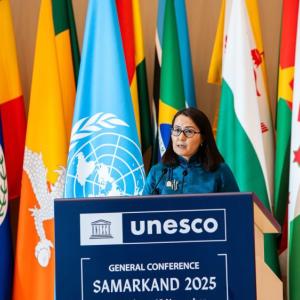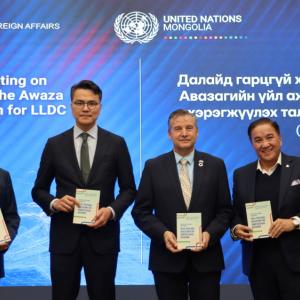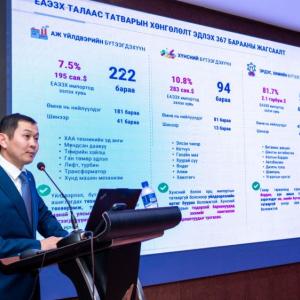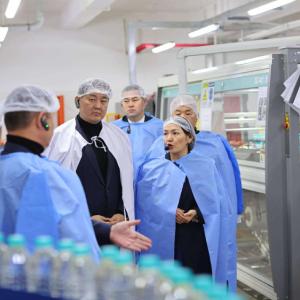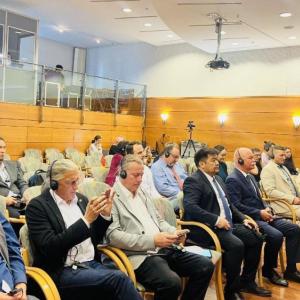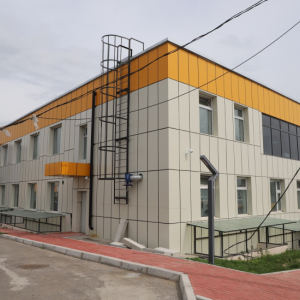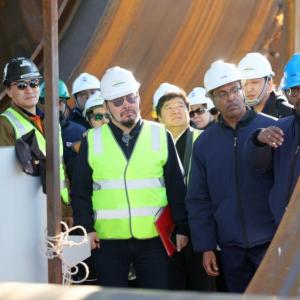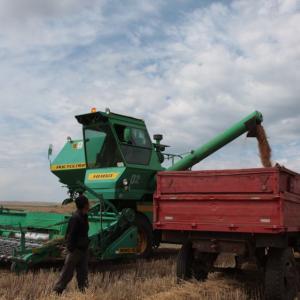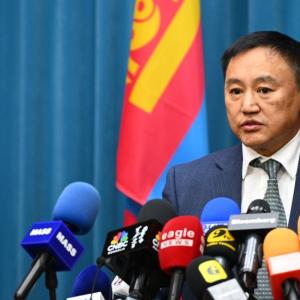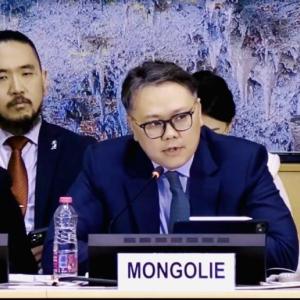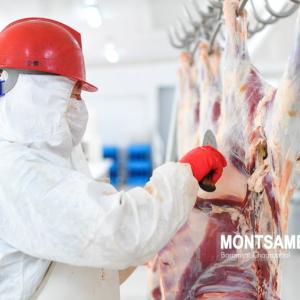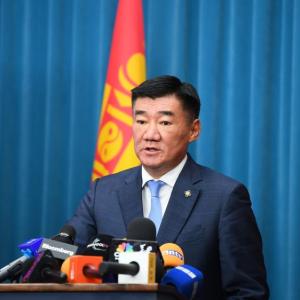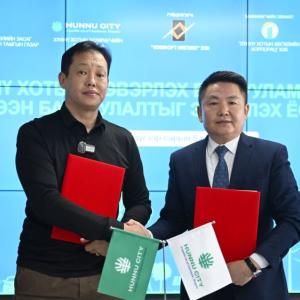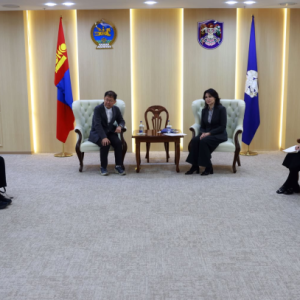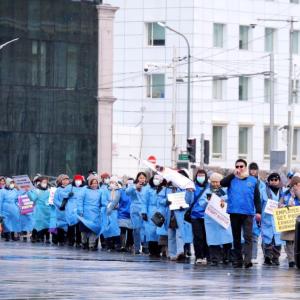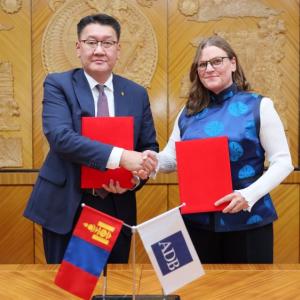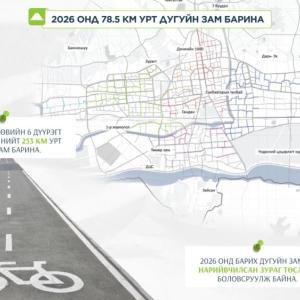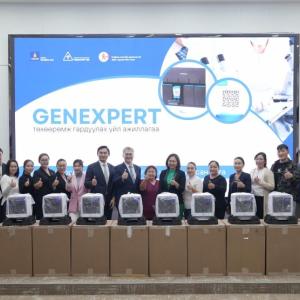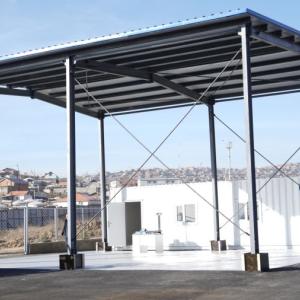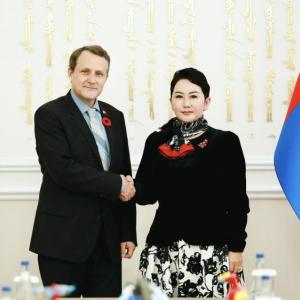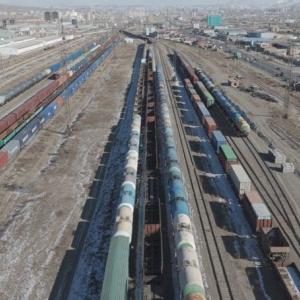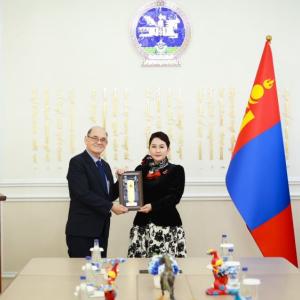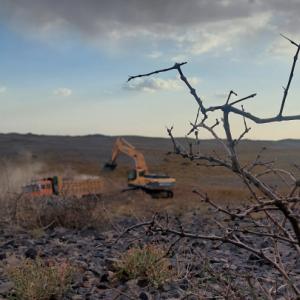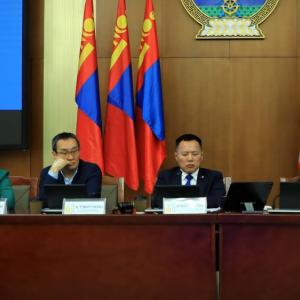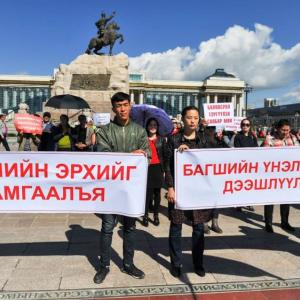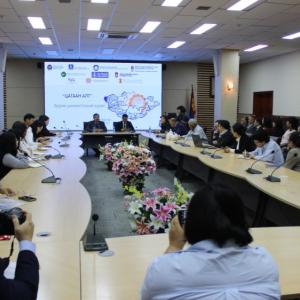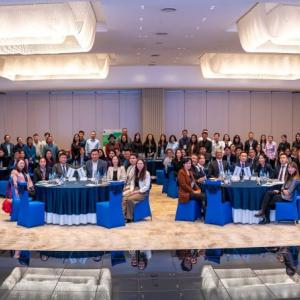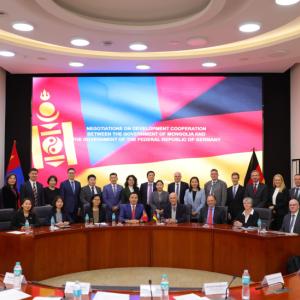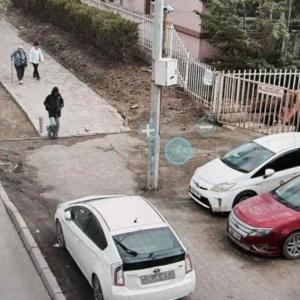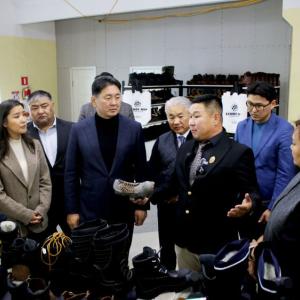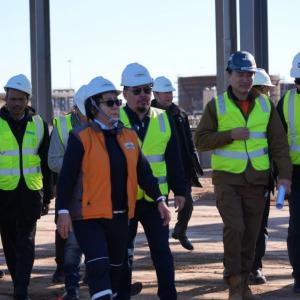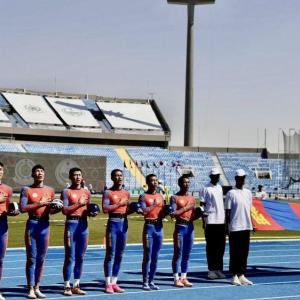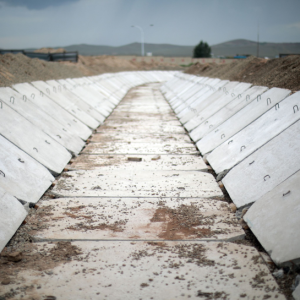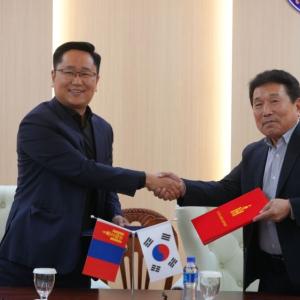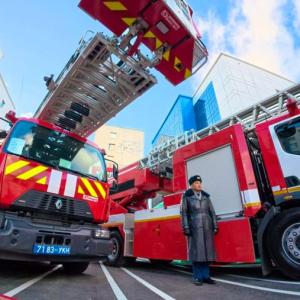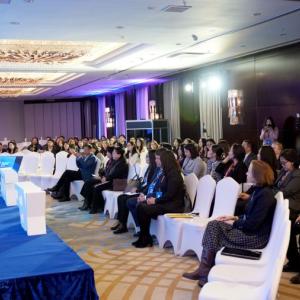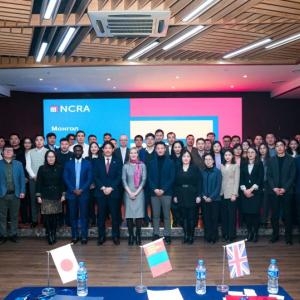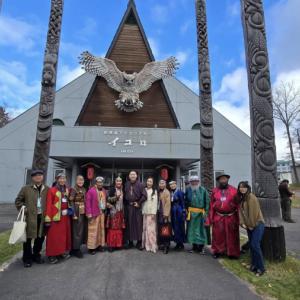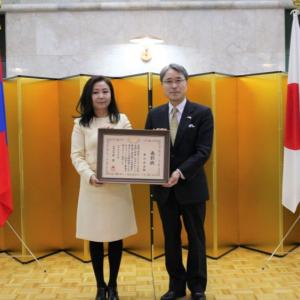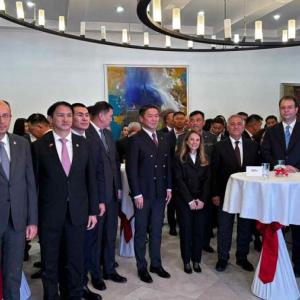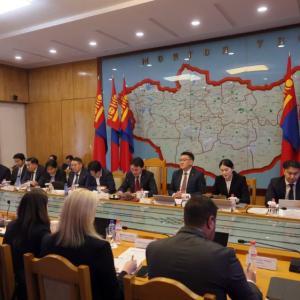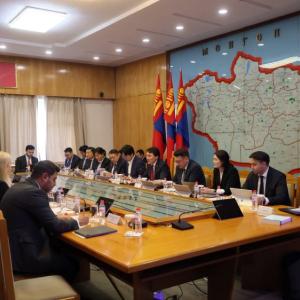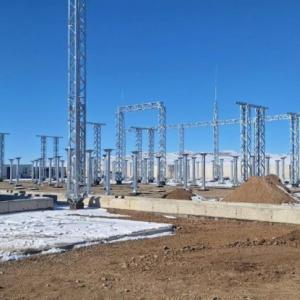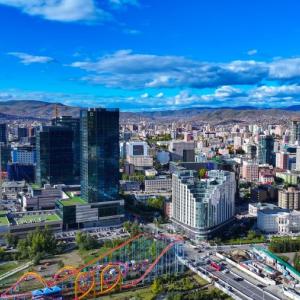We have vaccines, now comes the hard part
Society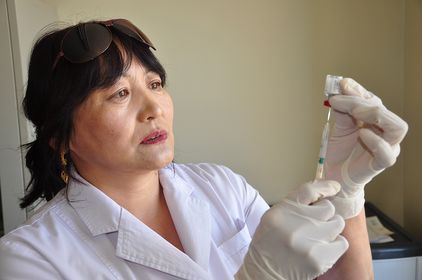
Open Editorial by Patrick Osewe,
Recent good news on vaccines for COVID-19 brings us closer to ending the acute phase of this
terrible pandemic. But the sense of collective relief must be accompanied by a
healthy dose of reality.
While
the scientific community awaits detailed data from leading vaccine developers,
several questions remain. Notably, it is still unclear how long immunity would
last and whether it will prevent severe disease or prevent people from passing
on the virus if already infected. This means that mitigation measures¾mask-wearing,
social distancing, avoiding large crowds, and practicing good hygiene¾will
likely be necessary for the foreseeable future.
Experts
are urging the public to remain steadfast with precautionary measures for another
reason. Even if the vaccine proved effective and was put on the market today, getting it
to everyone who needs it will not happen overnight.
Billions of doses must reach billions of people—in every country. With
competition for limited resources already impacting pandemic response, high-income
countries have been accused of securing disproportionate amounts of limited
vaccine supply for their own population—so-called “vaccine nationalism”.
All countries, especially those with fewer resources, must have rapid
and equitable access to COVID-19 vaccines. Not only is it a moral
imperative, global economic recovery depends on it. This is the motivation
behind the Asia Pacific Vaccine Access Facility, a $9 billion initiative launched
recently by the Asian Development Bank to help its developing members procure
and deliver safe and effective vaccines against COVID-19.
Another initiative, the COVAX Advance Market Commitment (AMC)¾co-led by
Gavi, the Vaccine Alliance, the Coalition for Epidemic Preparedness
Innovations, and WHO¾is gearing up to provide 92 eligible low- and middle-income countries
with access to successful vaccine candidates.
It aims to deliver 2 billion doses of vaccine by the end of 2021.
Key and vulnerable populations, including health workers and the
elderly, are slated to receive vaccines first through COVAX, and the AMC will
provide doses for up 20%of the population of participating countries.
But this doesn’t account for how and when the rest of the population in
eligible countries will access vaccines, or how other countries (mostly
middle-income countries not participating in COVAX) will access them.
Perhaps more significantly, rolling-out the vaccine worldwide requires coordinated
action within and across several complex systems—from manufacturing and
storage, to shipping and distribution—and will require unprecedented global collaboration,
including robust private-public sector partnerships.
Furthermore, health systems must adapt existing delivery strategies and
information systems designed for child immunization to effectively distribute a
vaccine to adults. The supply chains and health system capacity required to
produce and distribute COVID-19 vaccine will be staggering.
We can draw useful lessons from how some parts of Asia and the Pacific have
used robust public health systems and innovative approaches to push back on
COVID-19.
The Republic of Korea’s success with testing and digital contact tracing
may enable it to quickly develop digital vaccine tracking systems, Viet Nam’s targeted
measures to maintain public confidence and prevent widespread COVID-19
outbreaks may help to engender public trust in the safety of a vaccine. Thailand’s use of village health volunteers
to support the tracing of active cases can be mobilized to support vaccination
of rural populations.
The following actions can be taken now by countries to ensure they are
prepared to prioritize, introduce, and deliver COVID-19 vaccines:
Adopt a whole-of-government approach to improve vaccine delivery
planning. Every aspect of successful COVID-19 response in the region—from the
development of test kits to the designation of treatment facilities—has
involved partnerships across society. Delivery of vaccines is no exception.
Countries should engage key stakeholders to plan scenarios, develop a national
vaccine strategy, and organize operational aspects of vaccine introduction.
Agree on the vaccine priority line. Who should receive
the first doses of the vaccine is a complex question. Countries should assess
how to identify priority groups based on their country context and specific
epidemiology. They should also model different scenarios for vaccinating the
general population and set expectations accordingly.
Develop communication strategies to improve vaccine uptake. Widespread
campaigns will be necessary to educate the public about the benefits of
vaccination, especially given reported vaccine hesitancy in many communities. With
vaccine coverage essential to achieving herd immunity, developing and
implementing clear advocacy and communication strategies will be critical.
Strengthen vaccination infrastructure. Virtually every country in the world will have
to strengthen and expand its existing vaccination infrastructure. For
example, the Pfizer vaccine will require storage at temperatures as low as
minus 80º Celsius (-112 º Fahrenheit). Additionally, temperature-controlled
logistics and point-of-care cold chain infrastructure are unreliable at many
rural areas in low- and middle-income countries. Key issues include
strengthening vaccine storage, distribution systems and facilities, safety
monitoring systems, and ways to track every dose that has been administered.
Vaccines do not save lives; vaccinations save lives. But vaccination in
select countries will not end the acute phase of the pandemic.
Only timely vaccination in all countries will do that. So all countries
need to start preparing, now.
 Ulaanbaatar
Ulaanbaatar






